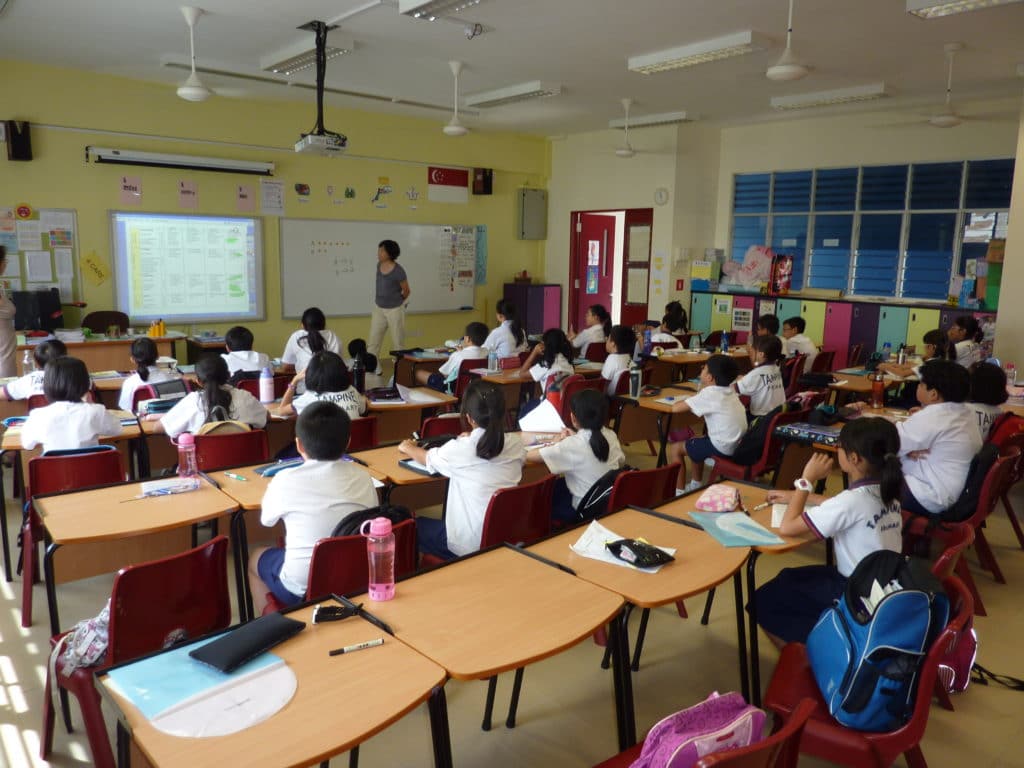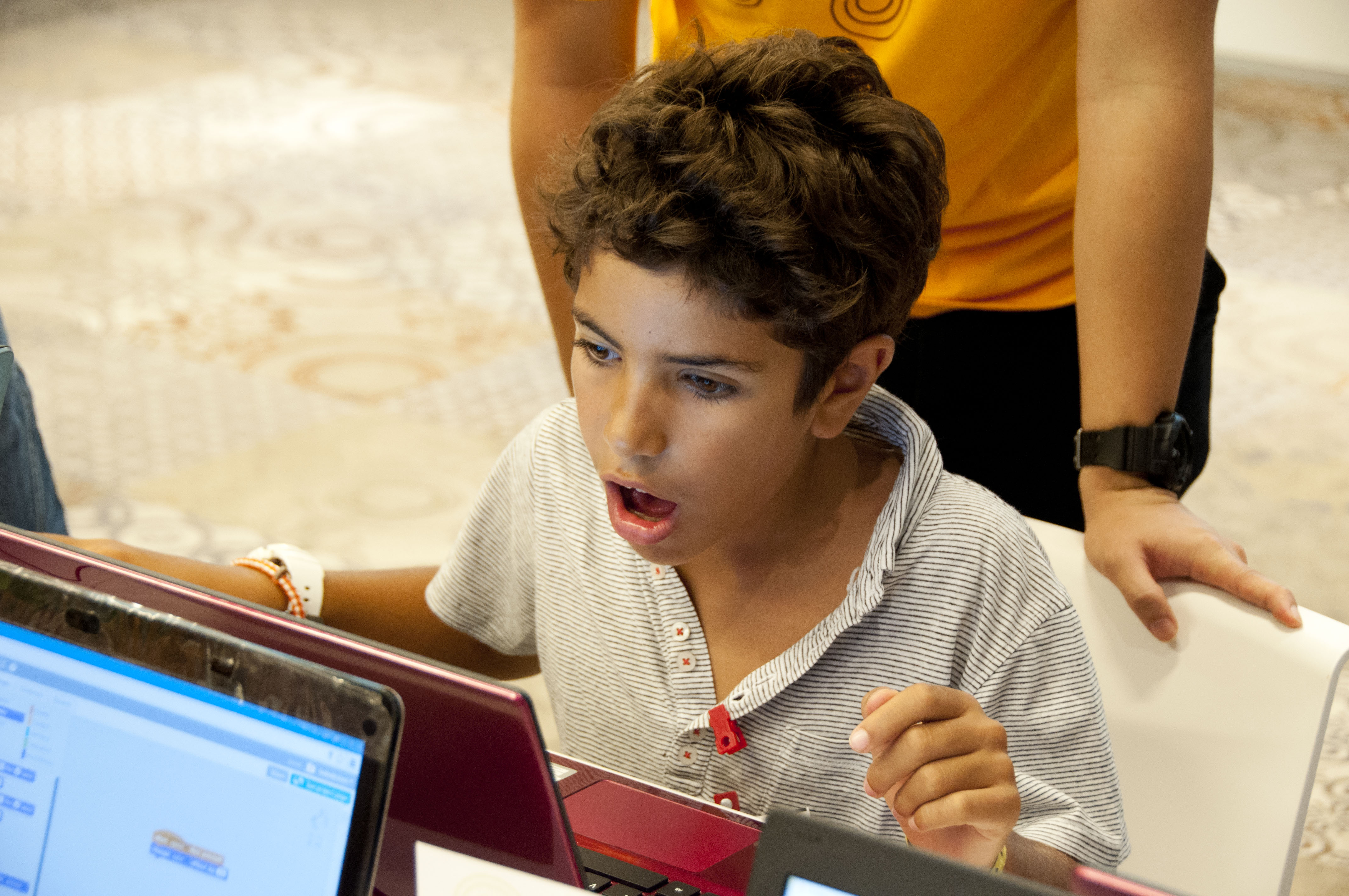
Now that we’ve covered what coding is really all about in our previous post, let’s dive straight into the whole hoo-ha of it all.
They say that change is the only constant and when it comes to technology, that change has lightning reflexes. These days, robots have been taking over countless menial tasks as quickly as the next viral cat video surfaces the internet.
You’d think that this hostile tech-over is only happening in countries like Japan but there’s actually a handful of robots already integrating their way into multiple industries right here in Singapore!
So the question now is this: if robots are taking over jobs all around the world, how are we going to prepare for this? More specifically, how are kids going to prepare for this radical shift in the job market?
We’re asking a couple of tough questions here. But to answer that, let’s take a closer look at the root of it all – education.
How education worked HUNDREDS of years ago
Let’s take a trip back to the 18th and 19th Century where corsets and fancy moustaches were all the rage.
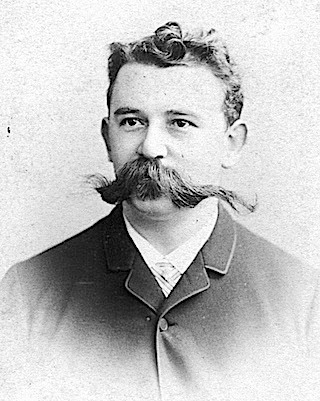
A very impressive moustache indeed.
Facial hair and undergarments aside, it was the time of the industrial revolution, where machine manufacturing dominated the economy and people had to be trained on how to work in factories.
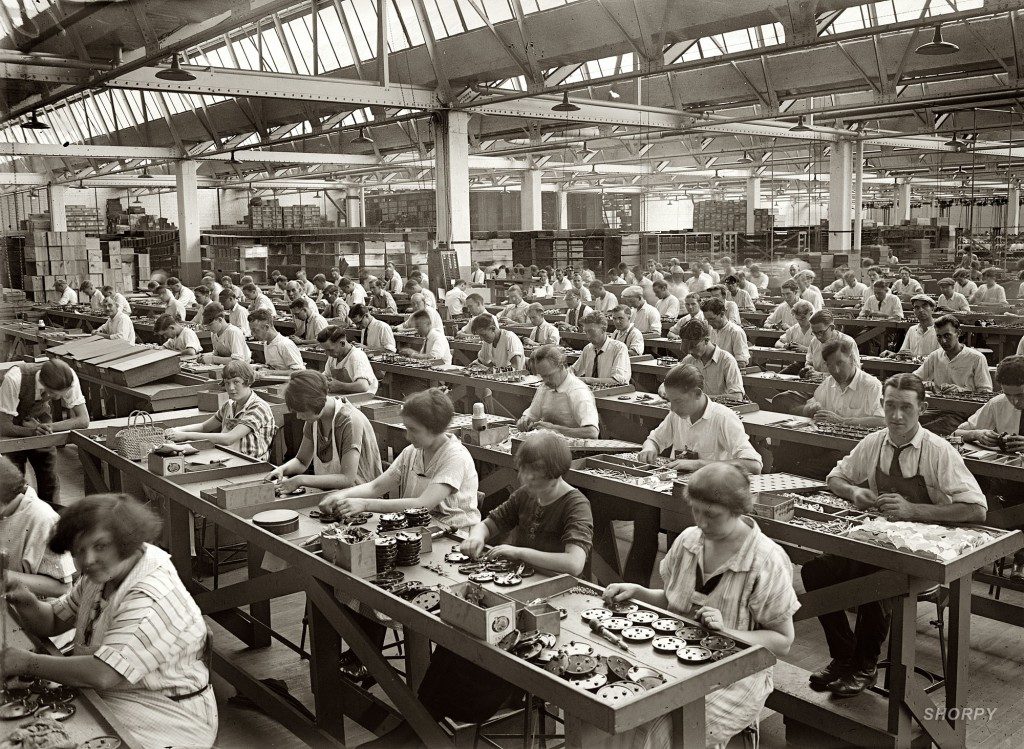
It was also the period where public education was first introduced and everyone could receive free education. It was an exciting time for everyone.
To prep these kids to one day work in these factories, they had to learn in the most efficient way possible.
Thus came a system where kids sat in straight rows, were taught how to obediently follow instructions and were treated identically in order to produce identical products.
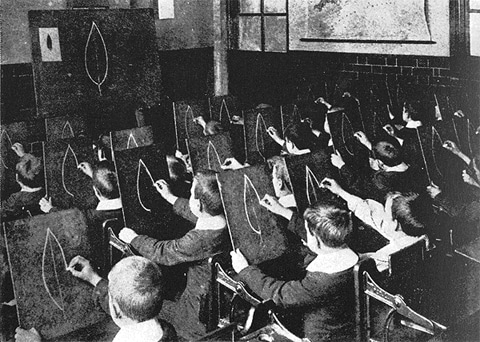
This system may have worked then because that’s exactly what society needed during that era but it’s been more than a HUNDRED years people and sadly, this is what a typical classroom still looks like today:
The similarities are haunting and if you really think about it, school these days aren’t that different from the way factories operate. Students are still packed in rooms and sit in straight lines, everyone is expected to do the exact same thing and bells ring at the end of every hour.
It’s pretty crazy to think that we’re still relying on a system of education that was created for a completely different age but unfortunately, that’s exactly what we’re doing.
The consequences of being stuck in the past.
When we put a bunch of kids together and teach them the same things, we can’t expect them to turn out differently can we? In this process, creativity becomes stifled and kids start to believe that there’s only 1 set way of solving a problem. Not to mention, failure becomes something that is feared and not recognised as an essential part of learning.
It’s no secret that creativity steadily deteriorates with age and it’s not just pure coincidence. Here’s a study to show you just how ghastly the consequences of learning in a “one size fits all” model can be.
Of the 1,600 children aged 3 to 5 who were tested for the study, 98% showed they could think in creative/divergent ways. By the time they were aged 8 to 10, 32% could think divergently. When the same test was applied to 13 to 15-year-olds, only 10% could think in this way. And when the test was used with 200,000 25-year-olds, only 2% could think divergently.
If our society in the 21st Century is rapidly evolving with technology, then we say it’s about time we equip kids to meet those demands. Let’s get kids to unleash their creativity and educate them with the skills to invent with technology.
After all, the youngest app developer at Apple is only 9 years old! And yes, the youngest app developer at Apple is a girl. WOOHOO you go girl! So really, the possibilities are endless when kids are empowered and not restricted by the shackles of a severely outdated learning model.

Source
9 year old Anvitha Vijay created an iPad/iPhone app about animals
You can’t create awesome and original masterpieces if we’re all told to think in the same way. We shouldn’t be telling kids how to survive in the world we live in, we should be encouraging and showing them that they have the power to change it for the better. And it starts by not telling them what to think, but how to think on their own in the first place.

